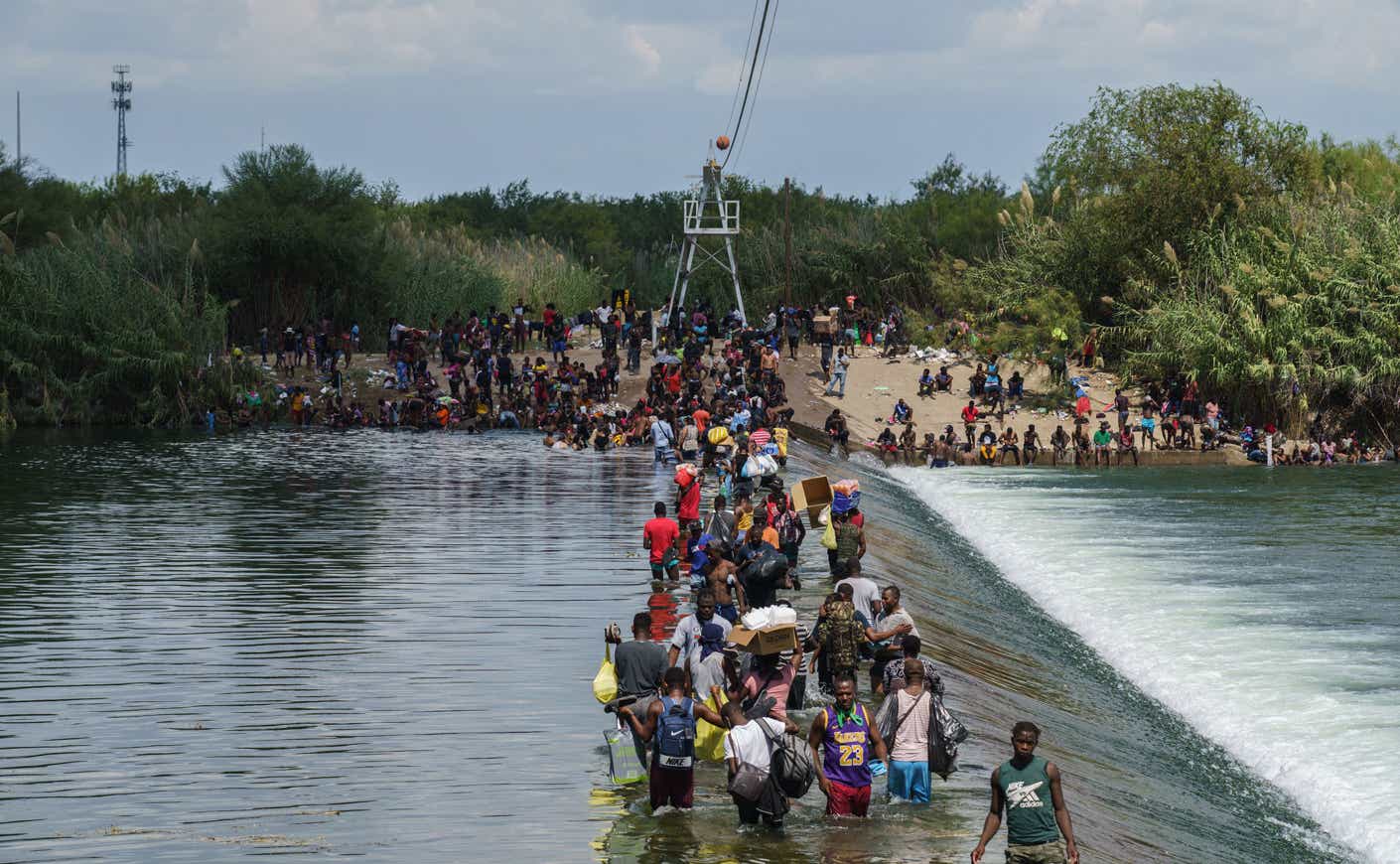Tens of thousands of Haitian migrants have been flocking to the small border town of Del Rio, Texas in search of a better life. Now, many of them are being forced to return back to their homeland that has been ripped apart by poverty, violence, political upheaval, and natural disasters. Here’s our breakdown of the latest.
By the numbers
Nearly 13,000 mostly Haitian migrants formed a makeshift camp under the Del Rio International Bridge, which has since sparked concerns about increasingly squalid conditions. And this influx is part of a larger trend: almost 28,000 Haitians have been taken into custody by the Border Patrol along the U.S.-Mexico border so far this year.
Cracking down
As part of Biden’s approach to halting irregular migration, the Department of Homeland Security plans to send 400 border patrol agents to help restore order as local officials struggle to address the influx of Haitian migrants. Though an attempt by the Texas Department of Public Safety to block a portion of the border did little to stem the flow of Haitians from crossing over, U.S. officials have already started ramping up deportation flights back to Haiti, with as many as six flights expected per day. But not everybody’s on board with Biden’s approach: both human rights groups and some Democrats have blasted these deportations.
Was this years in the making?
Many Haitian migrants gathered in Del Rio have lived in Latin America for years, but after economic opportunities there started to wane, they’re hoping to seek asylum in the U.S. For others, the trek to the Texas border began right after President Biden took office in January, and began rolling back some of former President Trump’s strict immigration policies. In May, the Biden administration extended temporary protected status for 150,000 Haitians already living in the U.S., but others have attempted to cross since then even though they don’t qualify for the program.
“Going outside was scary,” one Haitian migrant told The Guardian. “There was no choice but to get out of Haiti.”









